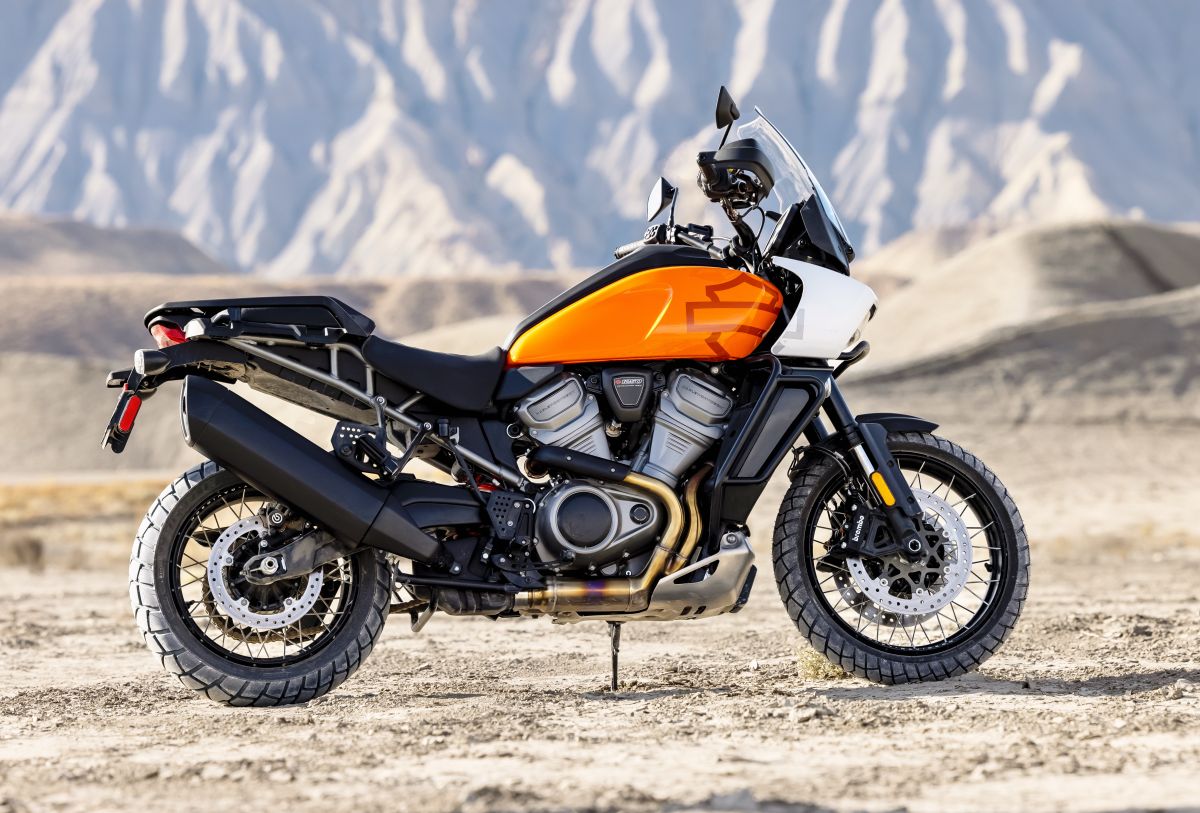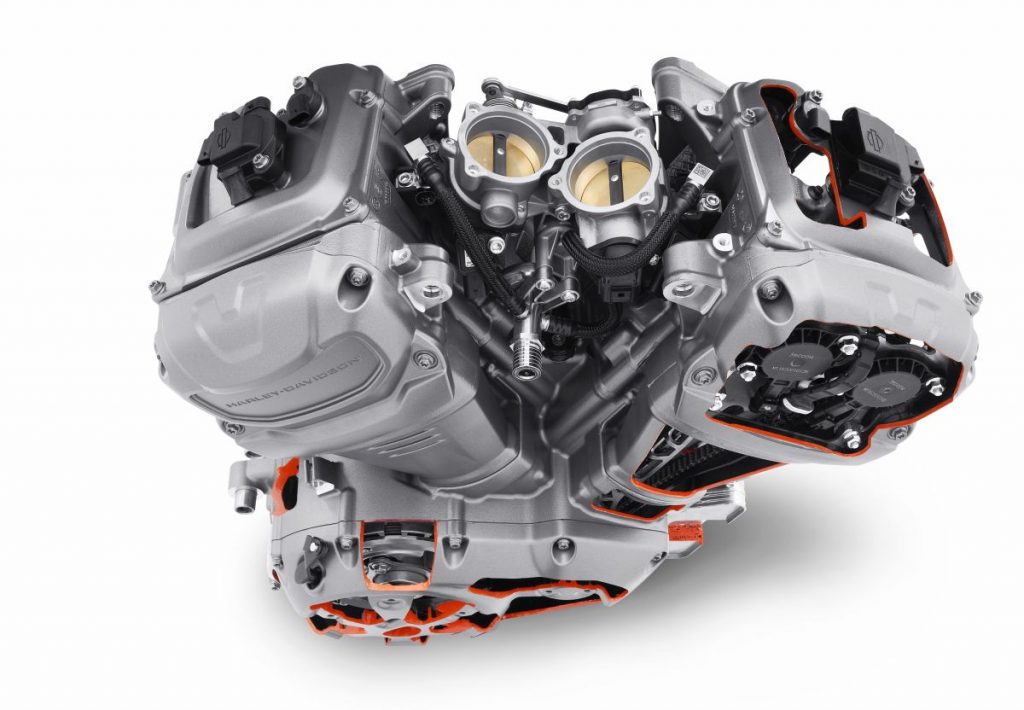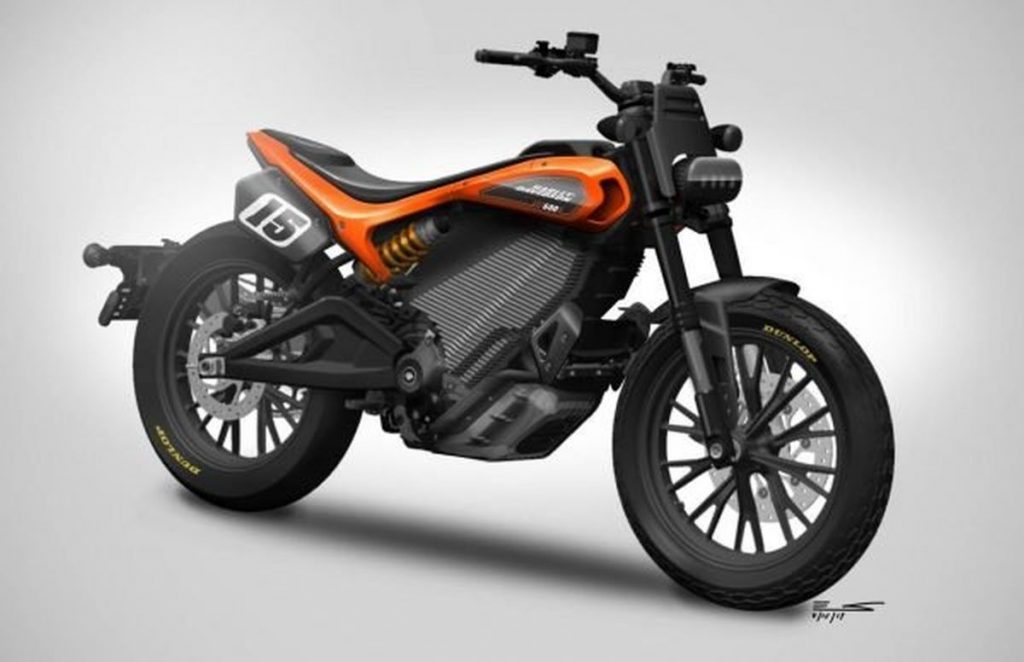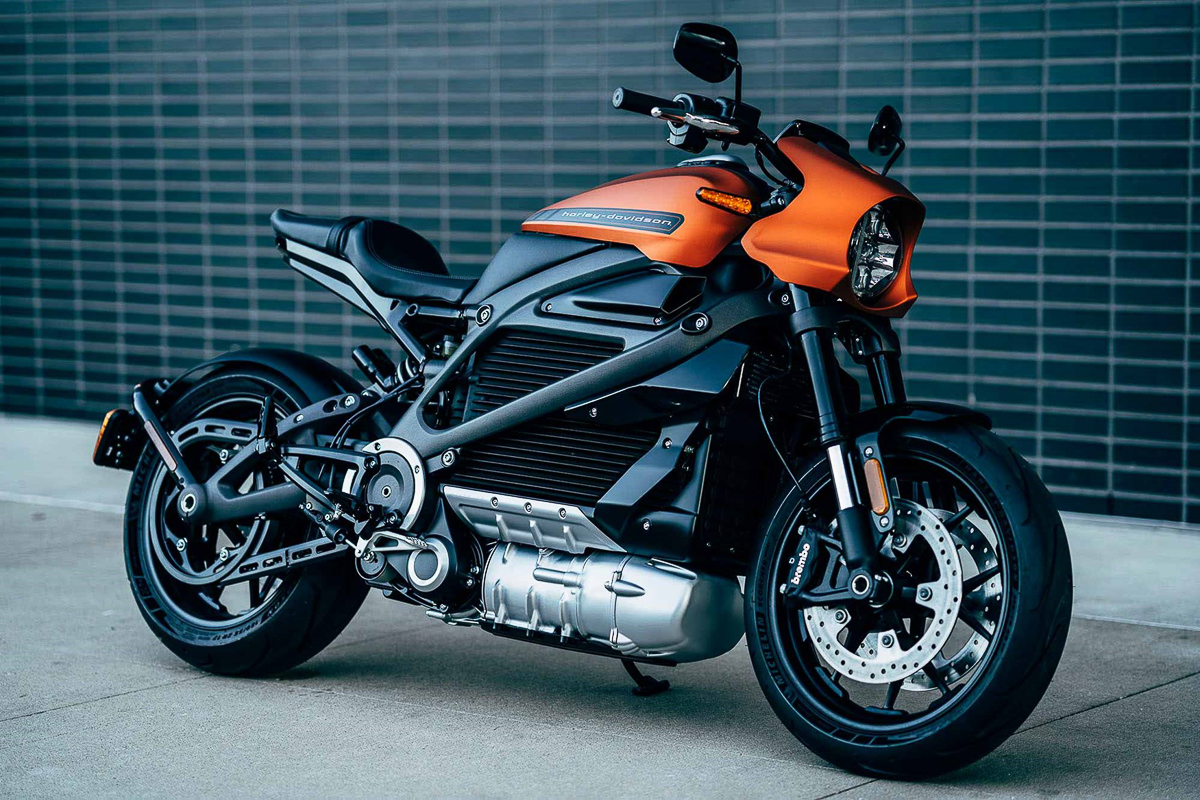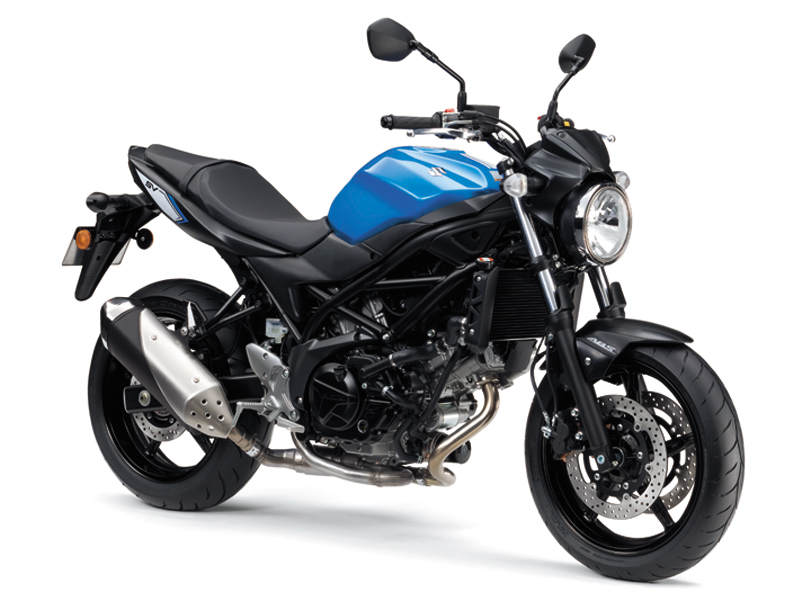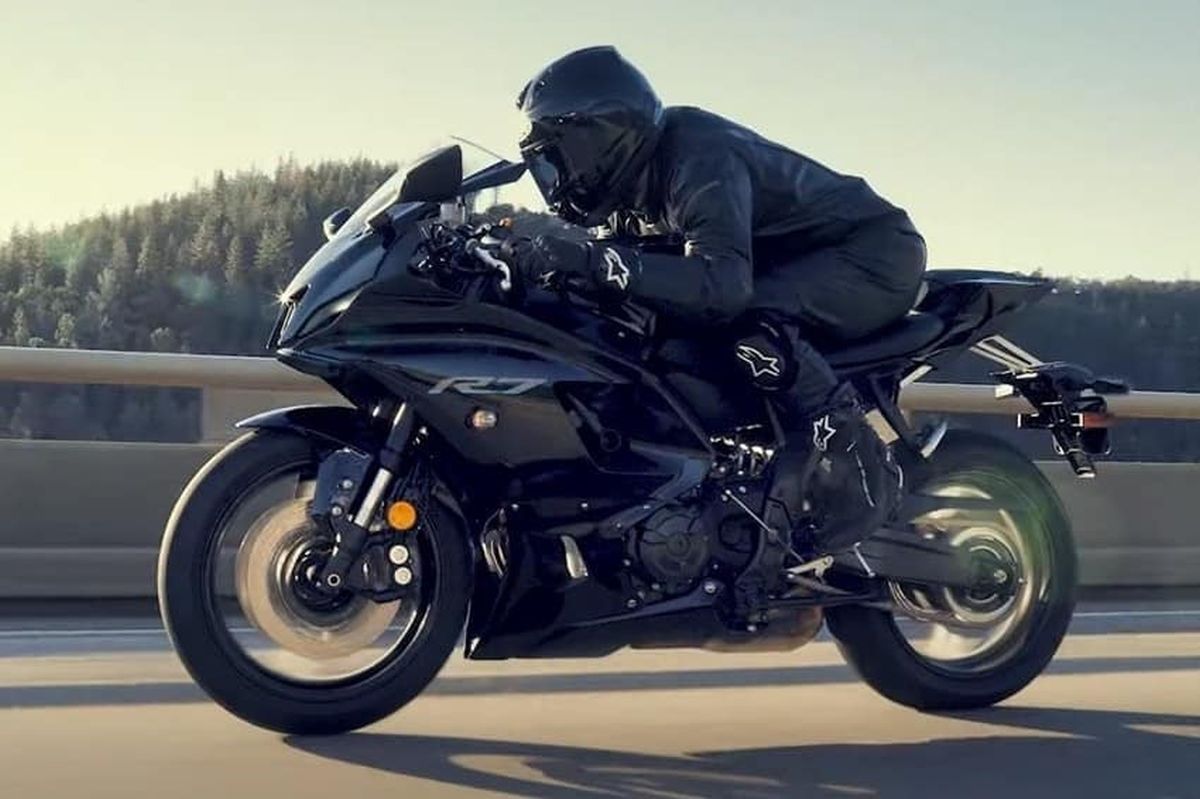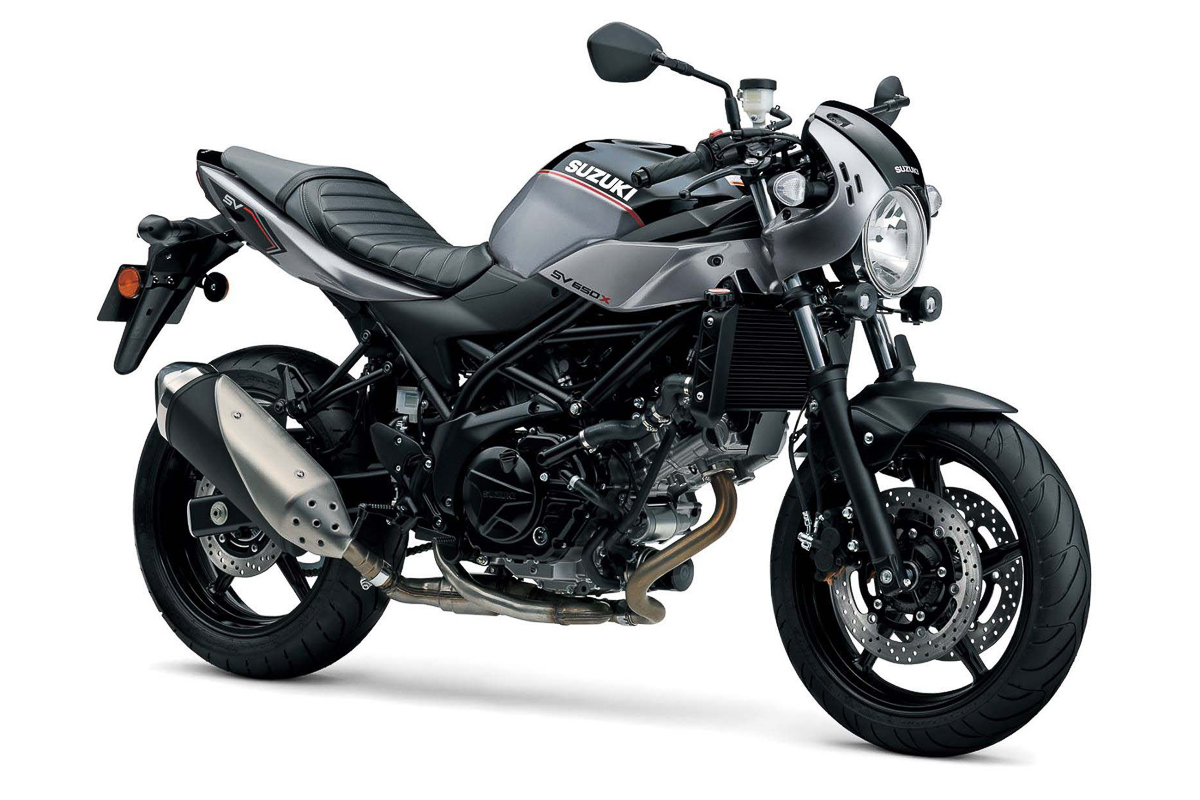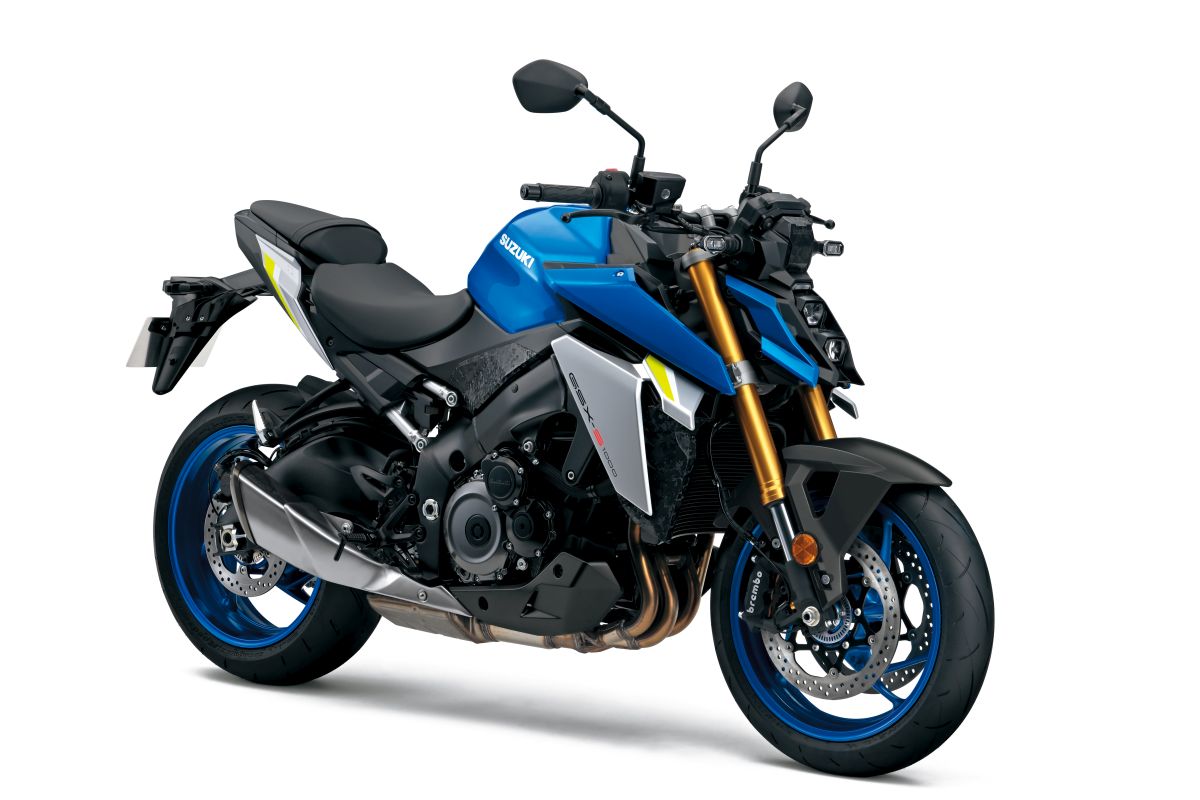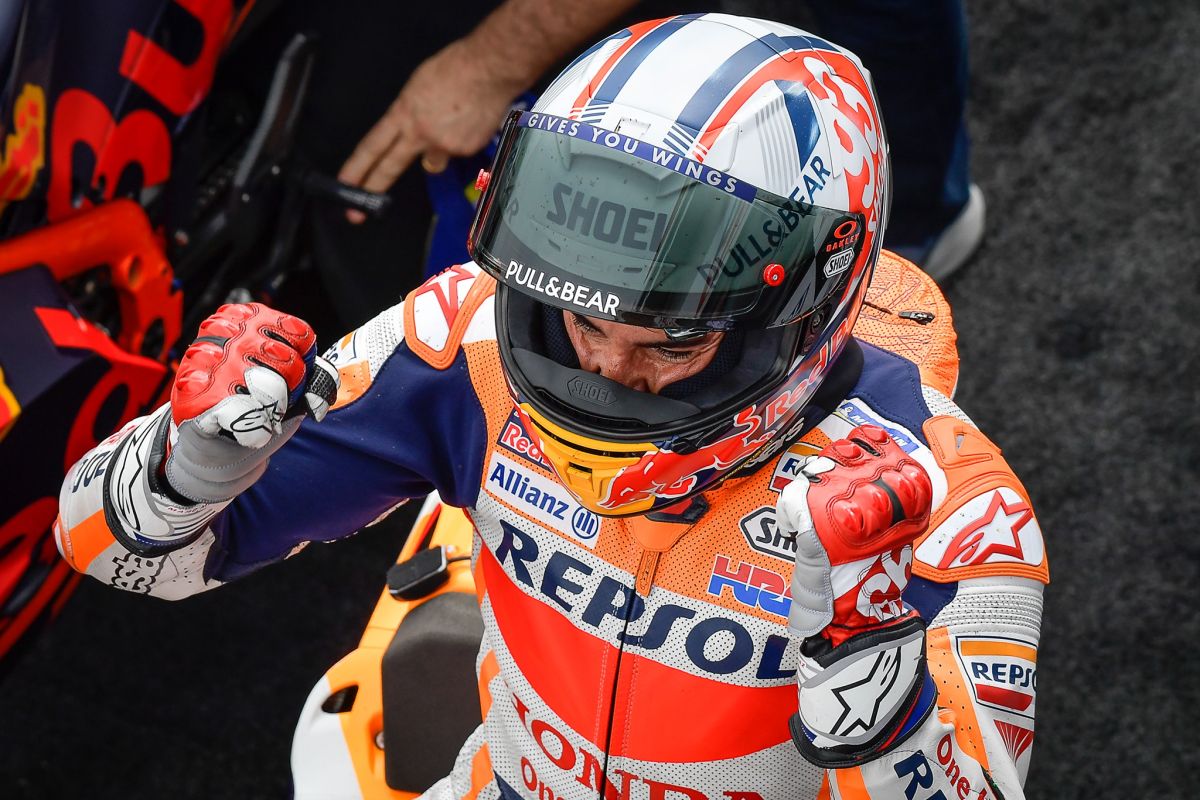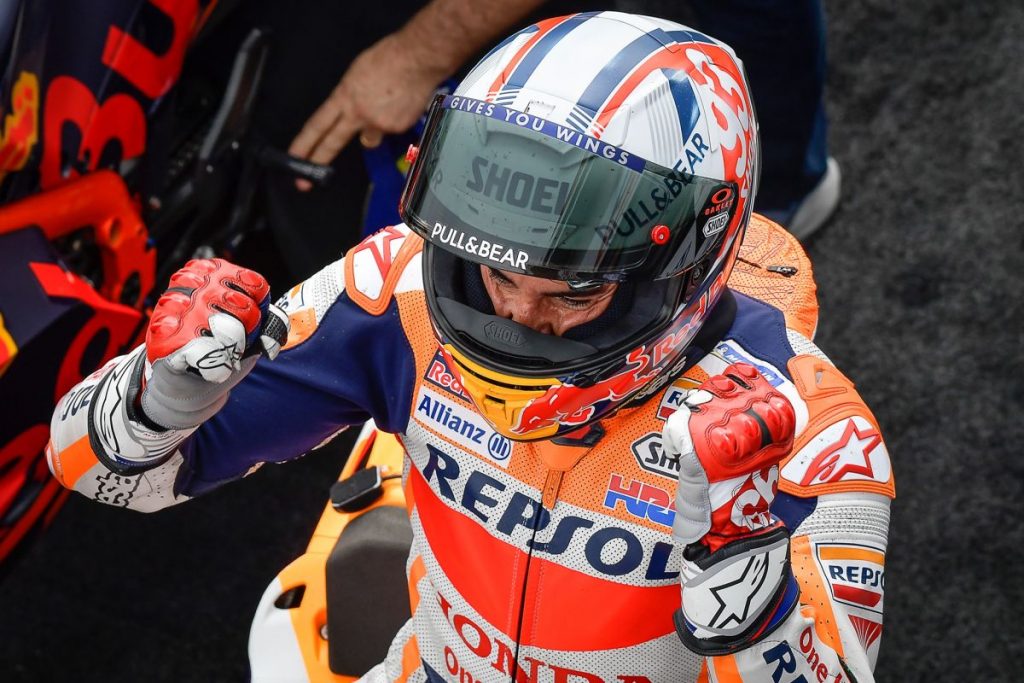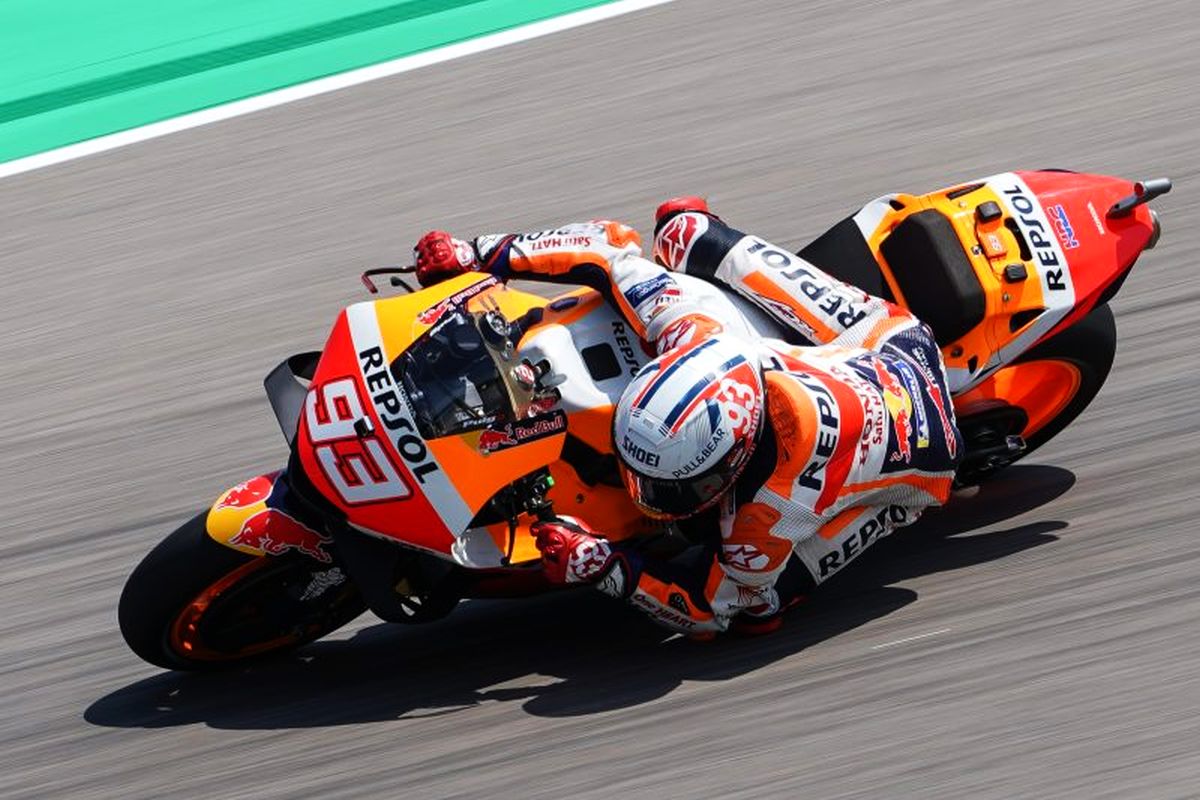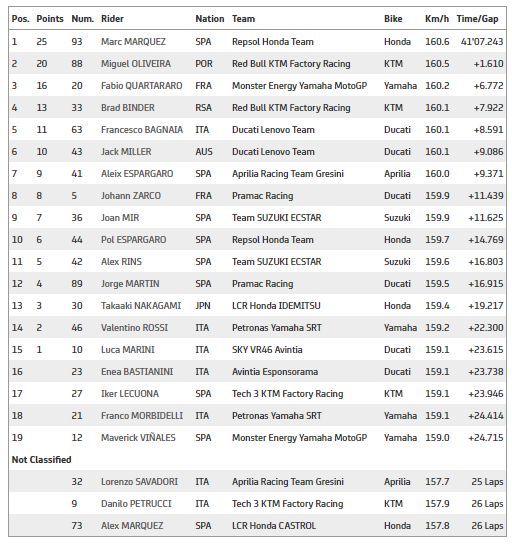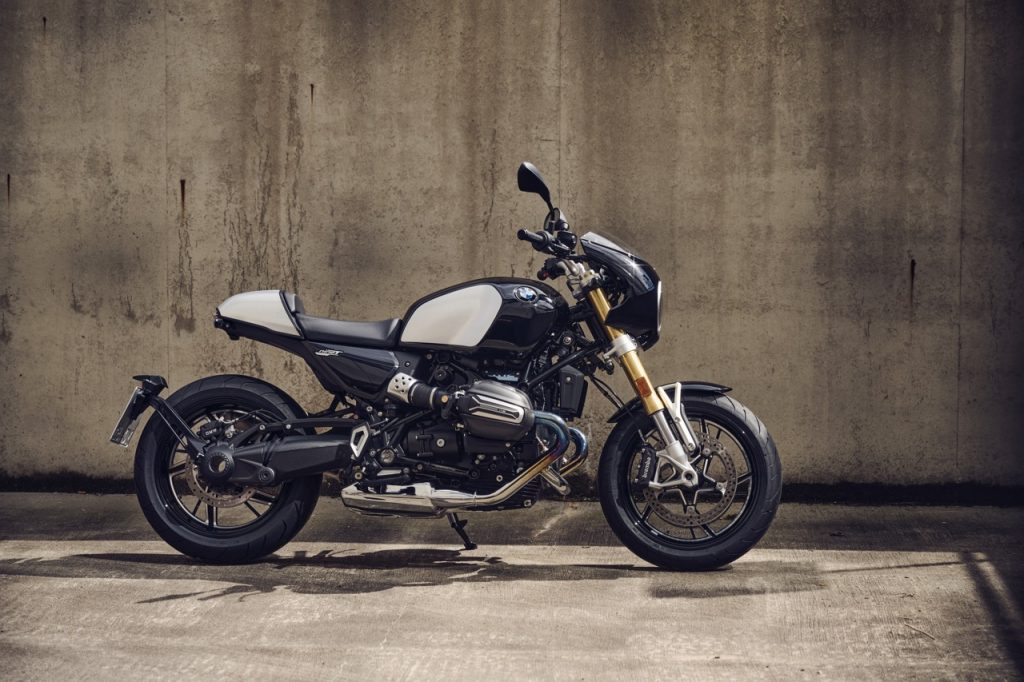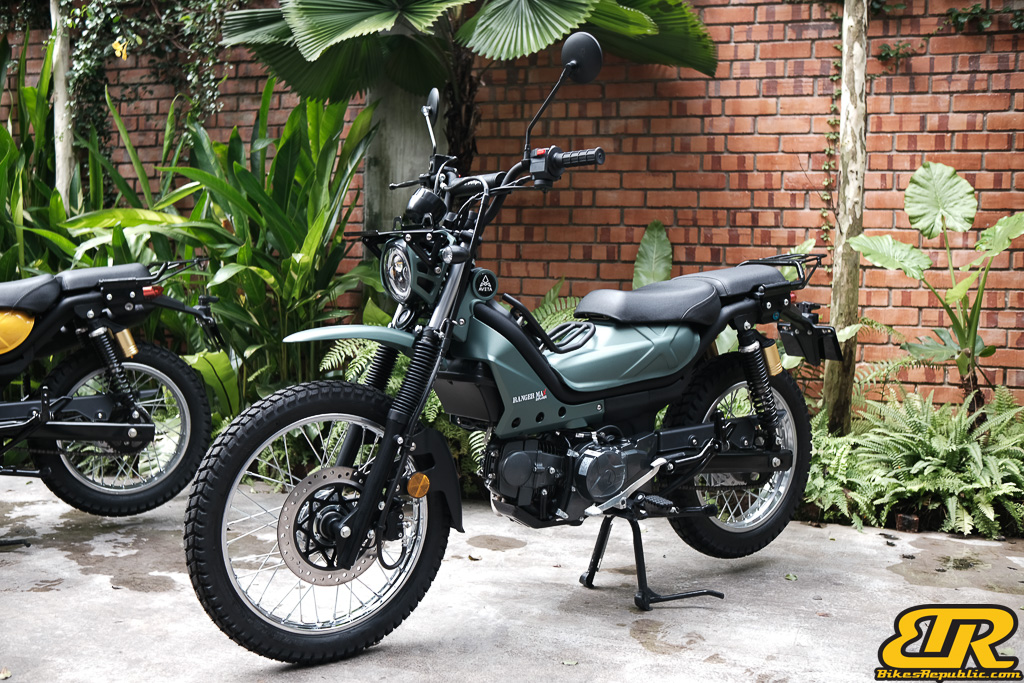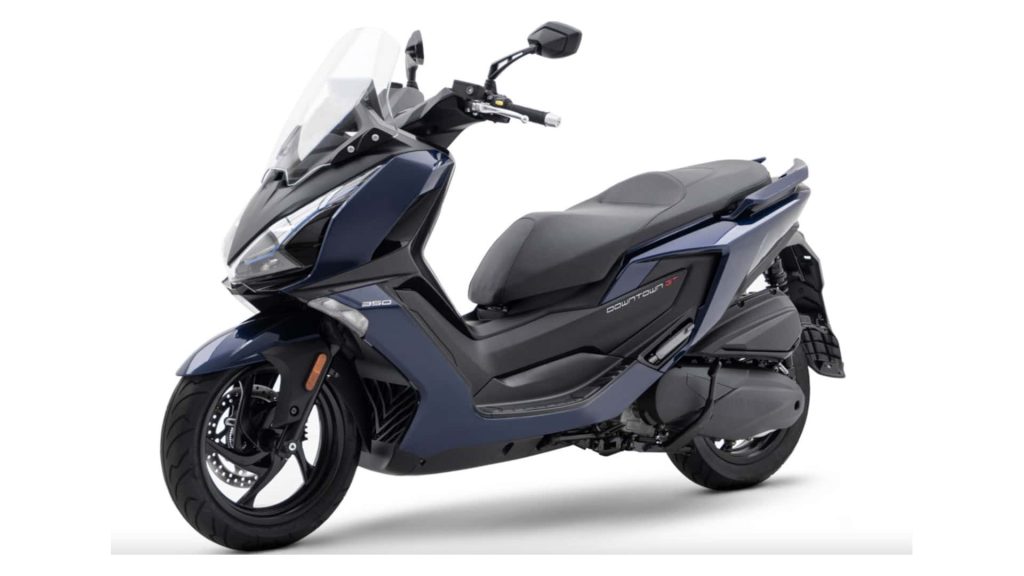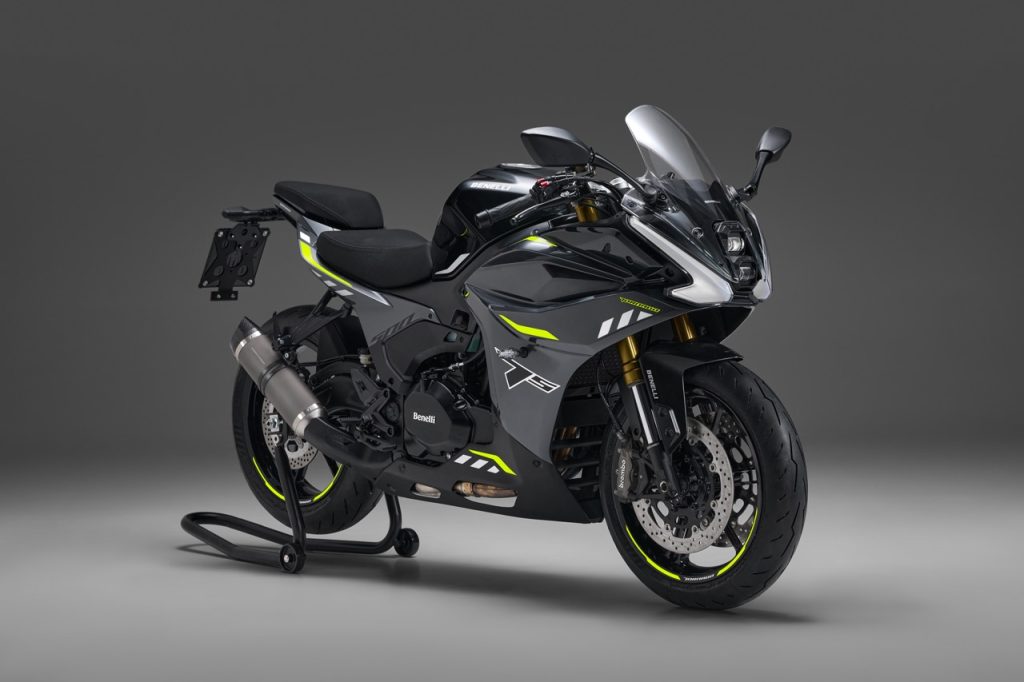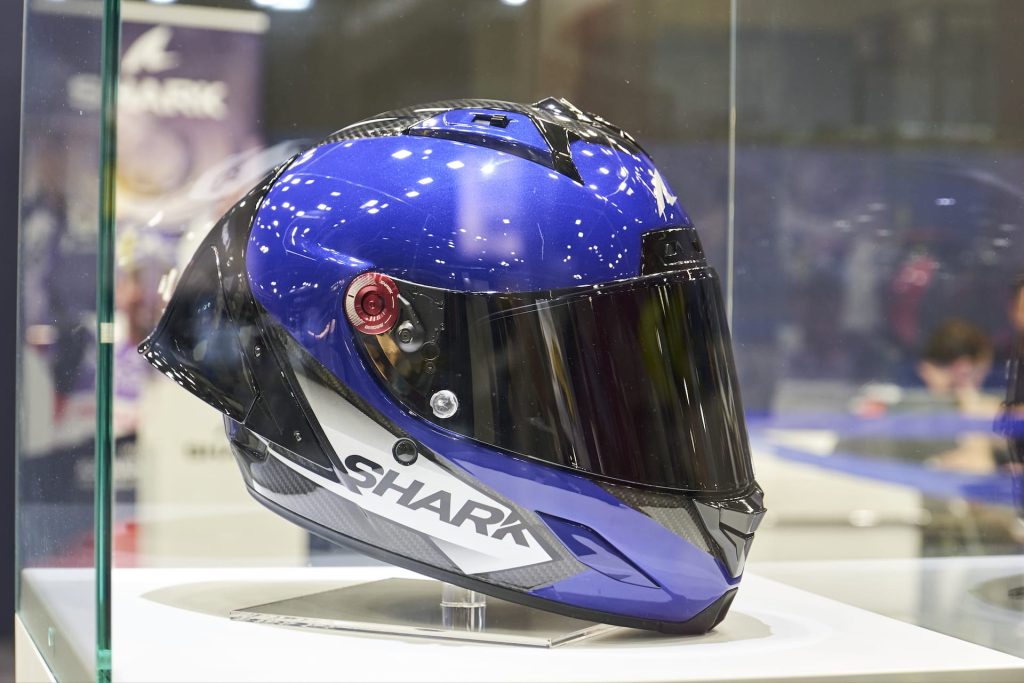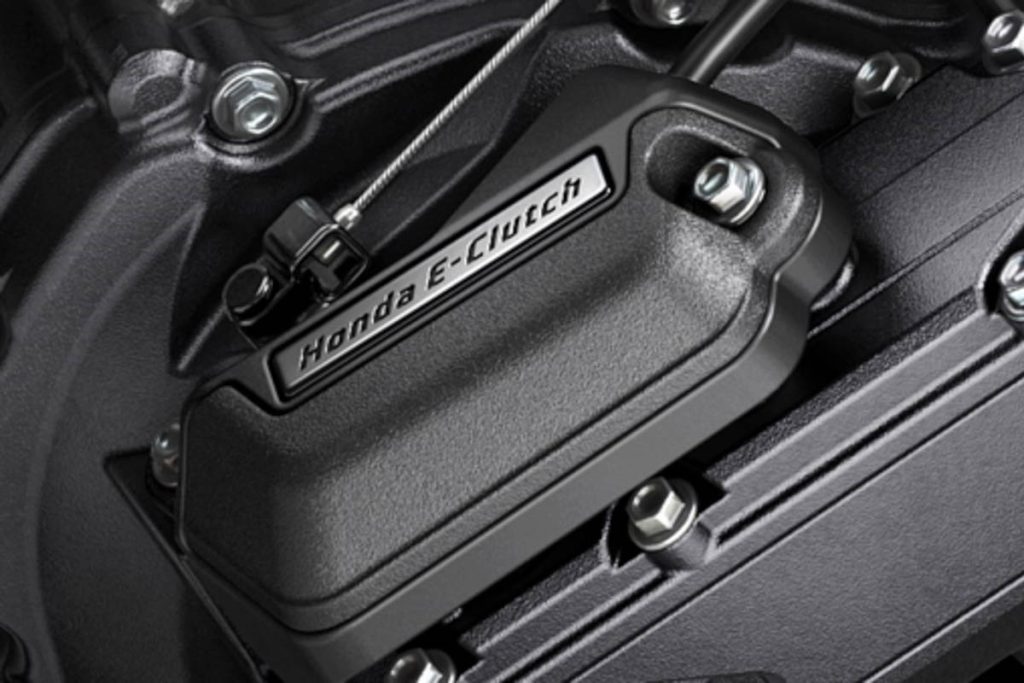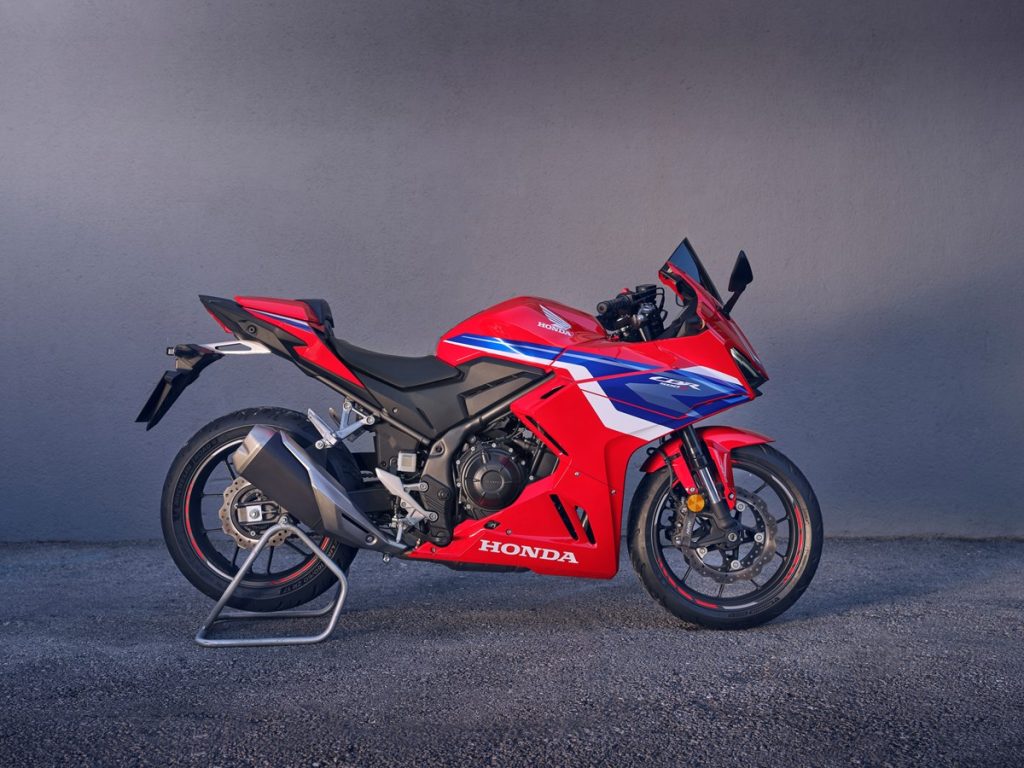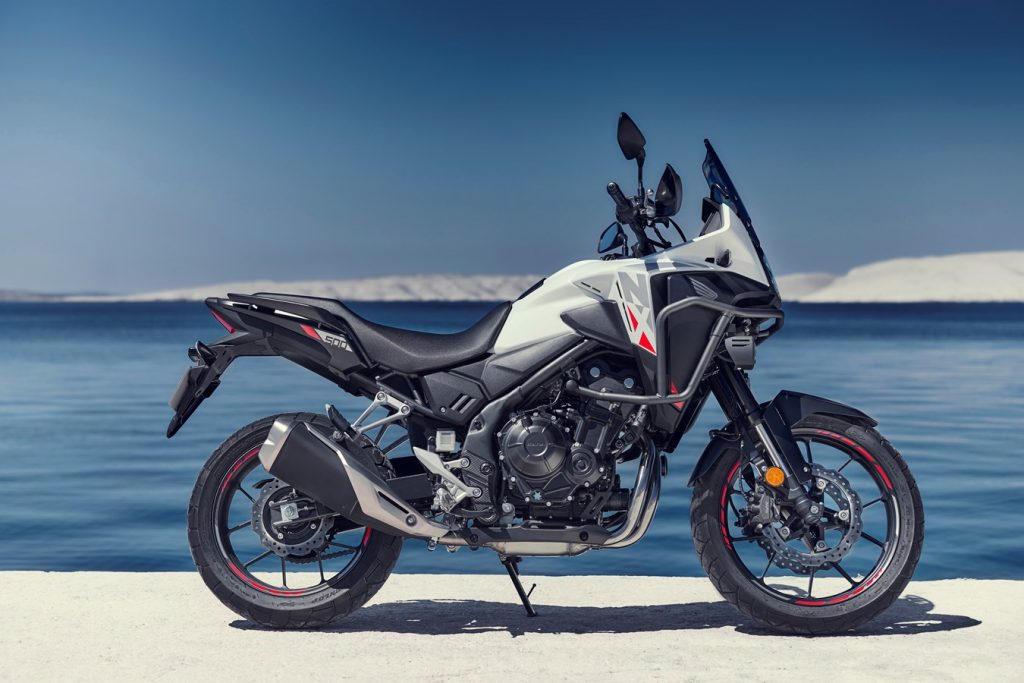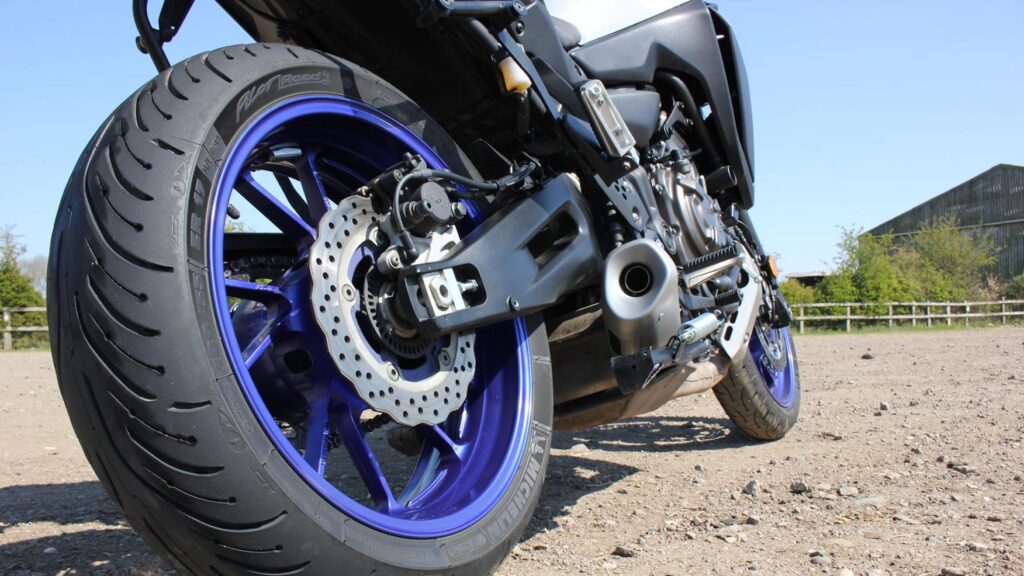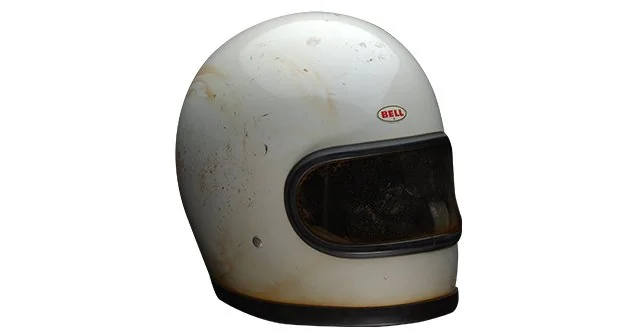-
Here is a guide to motorcycle tyre markings.
-
Knowing how to read the markings is important.
-
Tyres affect not only your bike’s handling but also your safety.
Alright, let’s settle this once and for all. We are still hearing all sorts of assumptions about motorcycle tyre markings.
We’re not criticizing anyone here, but it pays to get them right. For one, you don’t get cheated by unscrupulous workshops. But more importantly, tyres affect your bike’s handling and your safety.
Okay, let’s begin. Let’s take the following numbers from a Bridgestone T31 front tyre as a reference.
120/70ZR17M/C(58W)
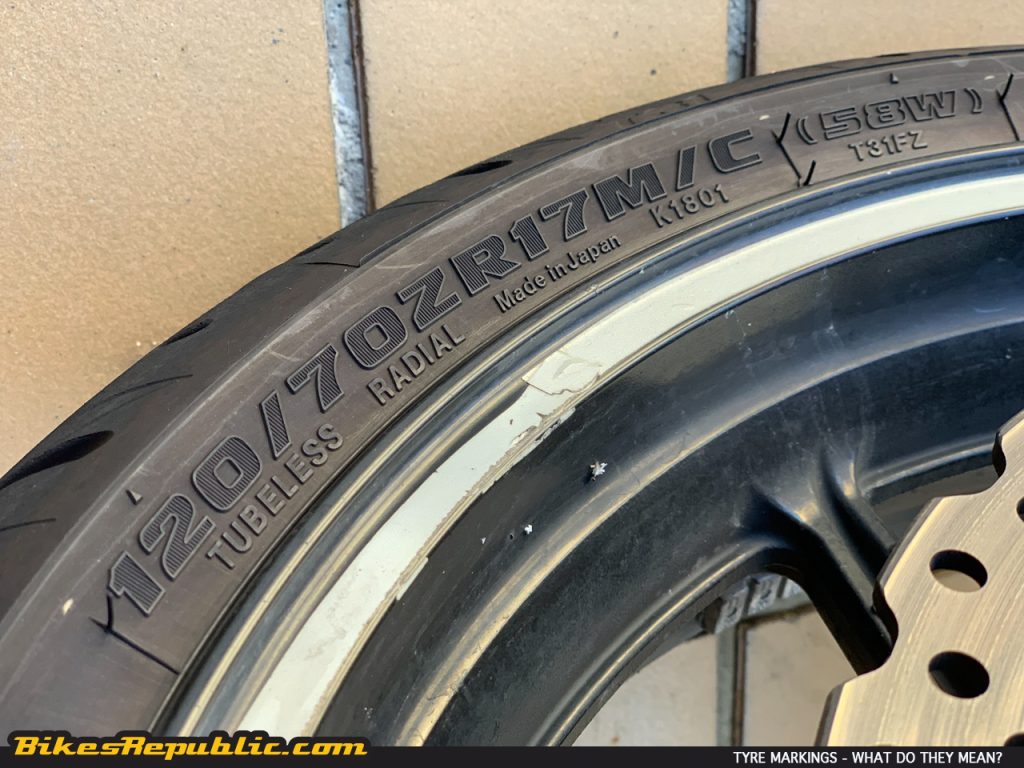
120
It denotes the nominal width of the tyre measured at the widest point of the tyre, in milimetres (mm). You may have noticed that one brand of tyres may be wider than another. That’s because manufacturers may vary the width to tune for different handling characteristics, by +/- 4%.
70
Indicates the tyre’s aspect ratio or in other words, section height. It is expressed in percentage, not a direct measurement. So, 70% of 120mm is 84mm. Again, different manufacturers vary aspect ratio by +/- 4%.
ZR
The two letters represent two different meanings, although joined together.
“Z” is the tyre’s speed rating which in this case is 240+ km/h. Interestingly, the “Z” symbol on Pirelli tyres stands for “Zero” as in zero tolerance for mistakes.
“R” means radial construction. NOT racing. The letter is omitted if the tyre is a bias-ply type (usually on dirtbikes, dual-sport, older cruisers, and kapchais).
17
The wheel (rim) size in inches.
M/C
The tyre is for motorcycles. You hear this Lani? Please don’t let us hear “medium compound” again or we’ll slash your tyres.
(58W)
There are two parts to this as well.
“58” stands for the tyre’s load index. It’s the code that says the maximum load of this tyre is 236kg at maximum inflation pressure.
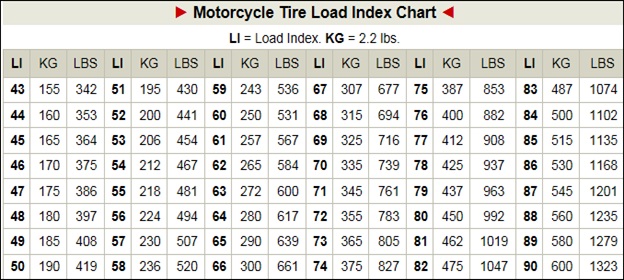
“W” is the tyre’s speed index, 270 km/h in this case. This is where it gets confusing. Didn’t the “Z” already indicate that the tyre can exceed 240 km/h? Ah hah. There’s a reason why the load index and speed index are married to each other.
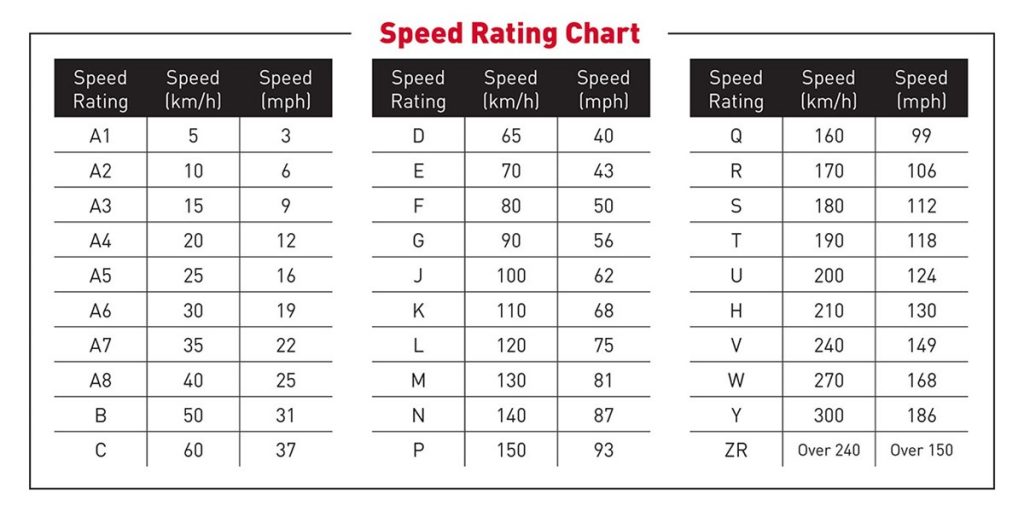
It works like this: The maximum speed at which you should ride while carrying 236kg at maximum pressure is 270 km/h.
However, the brackets around “58W” means the tyre can go faster than 270 km/h (provided you’re not carrying 236kg, of course).
There are other markings on the tyre’s sidewalls, also. Let’s take a look at them.
TUBELESS
Tubeless. Certain tyres may carry the “TL” designation. Conversely, tube tyres may carry the “TT” symbol. No, “TT” DOES NOT mean the Isle of Man TT.
GT
You may come across a tyre with the GT marking after the above markings i.e. 120/70 ZR17 M/C (58W) TL GT. “GT” means the tyre is designed for heavier motorcycles such as the BMW R 1200 RT, Kawasaki 1400GTR, Yamaha FJR1300, among others. It’s not recommended to mount it on your middleweight bike just because “the GT version lasts longer.” Yes, it does last longer on your Versys 650 because the tyre’s compound and construction are meant for heavier bikes.
MAX LOAD
Refer to (55W) marking above. Virtually all tyres carry this marking. See what this one says? Just like what the load and speed indexes indicated. Also note the maximum pressure, which is 290 kPa or 42 psi in this case. DO NOT ever exceed this.
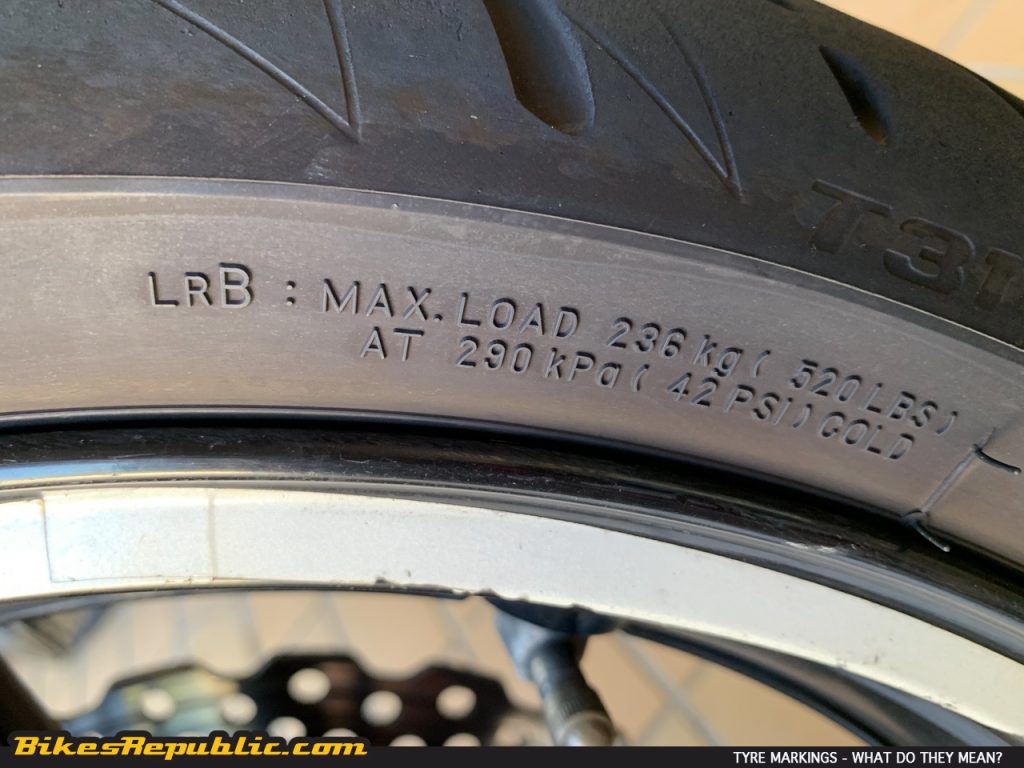
Four-digit numbers in an oval or rectangle
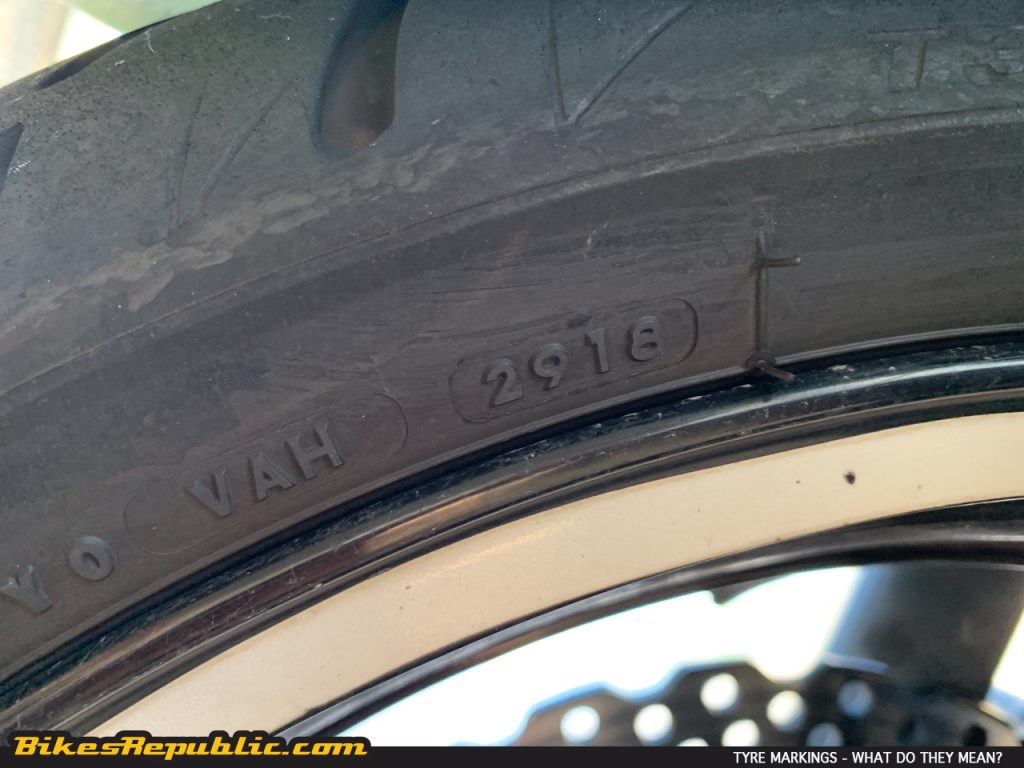
Together, they denote the manufacturing date of the tyre. The first two digits tells the week, while the last two are the year. For example, “2918” means the tyre was produced in the 29th working week of 2018. While there are 52 weeks in a year, there may not be production during every week.
Rotation or Direction
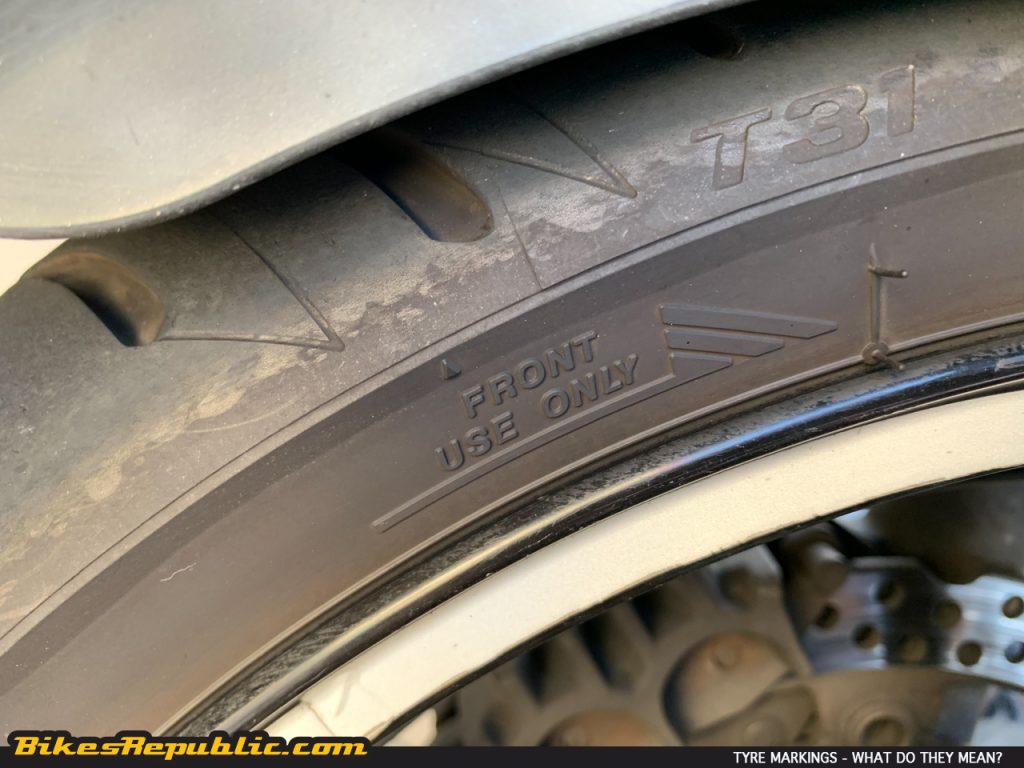
Every tyre has an arrow to mark the direction of rotation for the tyre, hence it should be mounted as such. DO NOT mount it against the intended direction – even if it “feels better when mounted backwards.” (You may laugh, but we’ve actually had riders telling us so.)
CONCLUSION
So, there you are. There are still more markings and symbols but these are the most important ones.
